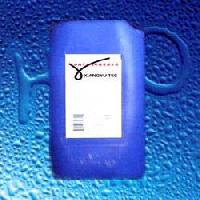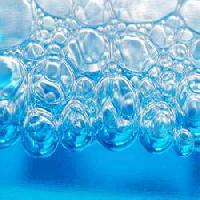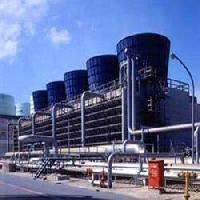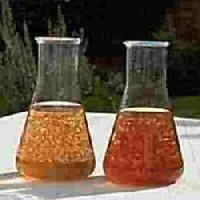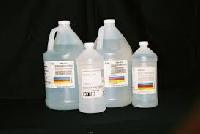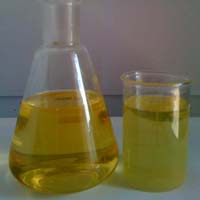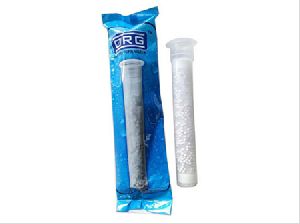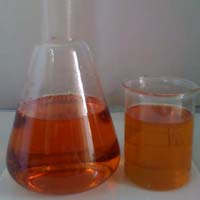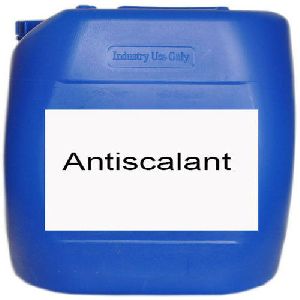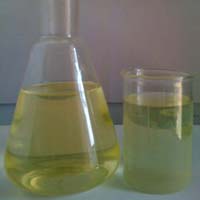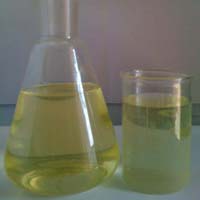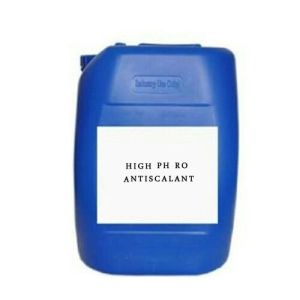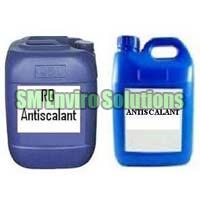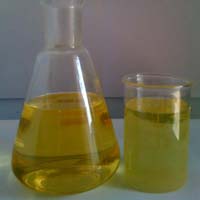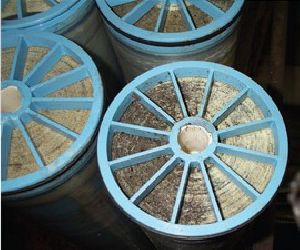We present extremely effective Silicone and Non Silicone Based Defoamer . Our Defoamer contains non ionic surfactants & functional additives. We offer various types of silicon base, emulsion and silicon antifoam emulsion with foam stability. Moreover, our product has a variety of surfactants like nonionic, cationic, anionic or amphoteric. Thus, we are capable of offering Silicone and Non Silicone Based Defoamer that are suitable for both aqueous as well non aqueous materials. Surfactants Nonionic Cationic Anionic Amphoteric Formulation Process Agitated bubbles will form, which will immediately encounter gravitational effects pulling liquid along the bubble walls back down into the liquid beneath the bubble A simplified picture of a bubble can be described as spherical, having both an outer wall and inner wall When the surface tension is high enough, bubble formation becomes more rigid and stable If a bubble is subjected to mechanical agitation, bubbles caused by entrained air, would form very stable lamellar structures The Marangoni effect is a major stabilizing factor in foam, and is driven by osmotic pressure The aqueous liquid is being pulled through the bubbles' walls creating regions of low and high surfactant concentrations, which sets up a gradient along the bubbles' surface The gradient would pump liquid back onto the bubble walls, where this phenomenon is referred to as a surface transport The bulk viscosity also contributed to foam stability As the viscosity of liquids increase, entrained air can be trapped in bubble below the liquid's surface With the increasing viscosity of the system, the coalescence capability of smaller bubbles merging to become larger bubbles also reduces If the bubbles become large enough (increasing the diameter), bubble stability decreases.

